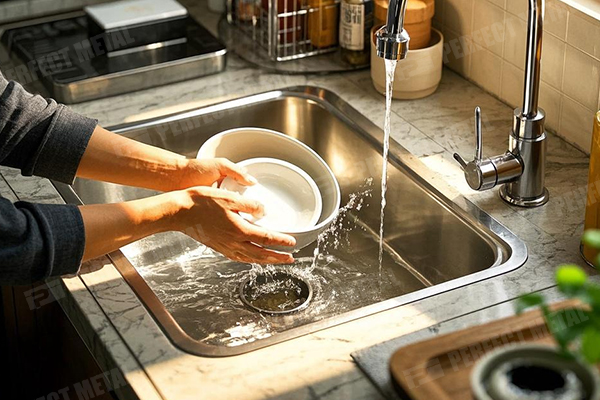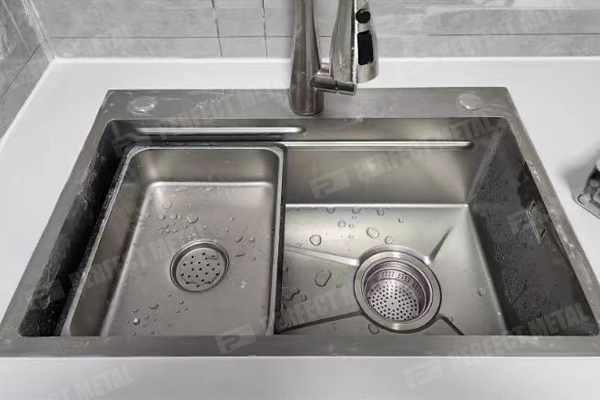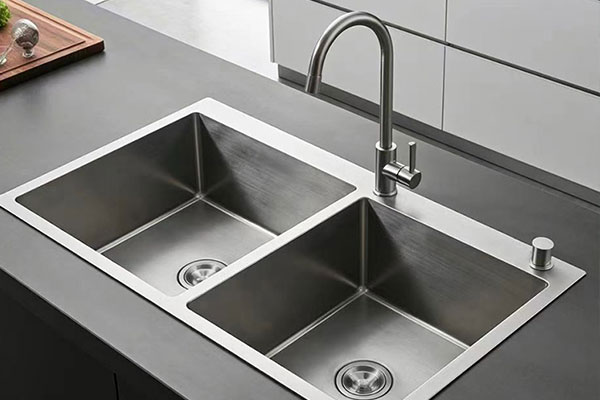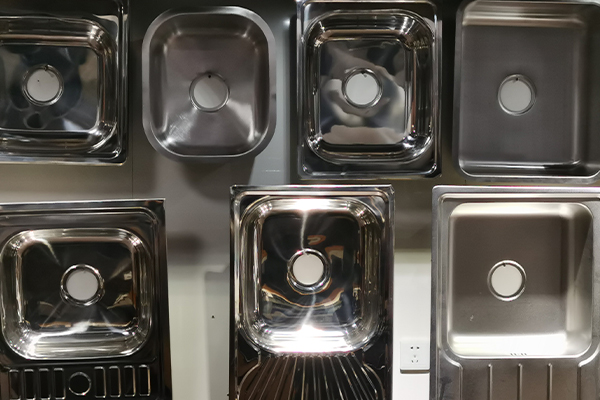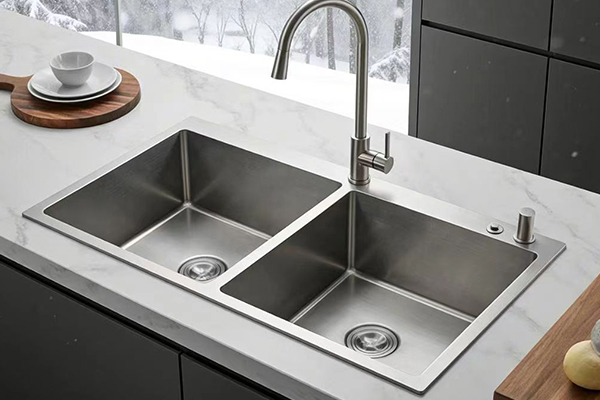Stainless Steel Sinks: A Smart Choice for Modern Kitchens
When designing or renovating a kitchen, sinks are often overlooked—yet they’re one of the most frequently used elements. From washing ingredients and dishes to maintaining countertops, a high-quality sink can significantly enhance efficiency and aesthetics. Among various materials, stainless steel sinks stand out as a top choice for homes and commercial kitchens worldwide, thanks to their durability, practicality, and cost-effectiveness. This article explores the benefits of stainless steel sinks, key factors to consider when purchasing one, and practical maintenance tips to ensure longevity.
Why Choose a Stainless Steel Sink?
Superior Durability
Stainless steel sinks are crafted from high-grade alloys (typically 304 or 18/10 steel), which contain chromium and nickel. These elements provide exceptional resistance to rust, corrosion, and staining, even when exposed to water, cleaning agents, or acidic substances. Additionally, stainless steel’s heat-resistant properties allow it to withstand hot pans or boiling water without warping or damage.Easy Cleaning & Hygiene
The non-porous, smooth surface of stainless steel prevents grime, grease, and mineral deposits from adhering. Daily cleaning requires only a damp cloth, while tougher stains can be tackled with mild detergents or baking soda. This ease of maintenance minimizes bacterial growth, promoting a hygienic kitchen environment.Timeless, Versatile Aesthetics
Stainless steel complements virtually any kitchen style, from industrial and minimalist to traditional. Its sleek metallic finish adds a modern touch, and options like brushed, matte, or polished surfaces cater to diverse design preferences.Cost-Effective Value
Compared to sinks made of ceramic, granite, or quartz, stainless steel is more affordable while offering comparable durability. It’s an ideal choice for budget-conscious homeowners seeking long-term functionality.Eco-Friendly Material
Stainless steel is 100% recyclable and requires minimal processing, making it a sustainable option that aligns with eco-conscious living trends.
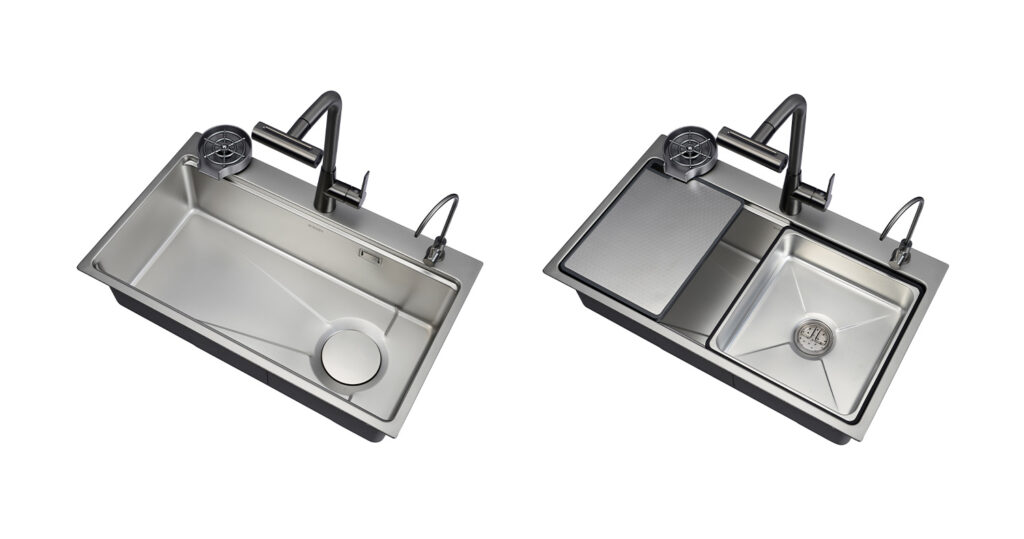
5 Key Factors to Consider When Buying a Stainless Steel Sink
Gauge Thickness Matters
Sink thickness is measured in “gauge” (lower numbers indicate thicker steel). Opt for 16-18 gauge sinks (0.8–1.2mm thick) for optimal durability without excessive weight.Size and Depth for Functionality
Single vs. Double Bowl: A large single bowl suits bulky cookware, while double bowls enable multitasking (e.g., soaking and rinsing).
Depth: Aim for 18–22cm (7–9 inches) to minimize splashes without straining your back.
Surface Finish Options
Brushed/Matte: Resists scratches and fingerprints, ideal for busy kitchens.
Polished/Glossy: Offers a sleek look but shows water spots more easily.
Anti-Fingerprint Coating: A newer option that reduces smudges for a cleaner appearance.
Noise and Condensation Control
High-quality sinks feature sound-dampening pads or anti-condensation coatings to reduce clanging noises and protect cabinetry from moisture. Tap the sink during purchase—a muted sound indicates effective noise insulation.Design and Installation Details
Undermount vs. Topmount: Undermount sinks (installed beneath the counter) offer a seamless look, while topmount models are easier to install.
Rounded Edges and Reinforced Corners: Prevent debris buildup and enhance structural integrity.
Accessories: Check for smooth drainage systems, removable strainers, and sturdy faucet holes.
Maintenance Tips for Long-Lasting Shine
Avoid Abrasive Cleaners
Use soft sponges or microfiber cloths instead of steel wool. For stubborn stains, apply a paste of baking soda and water, rinse thoroughly, and dry with a towel.Prevent Chemical Damage
Harsh chemicals like bleach or oven cleaners can dull the surface. Stick to pH-neutral cleaners or diluted vinegar.Minimize Water Spots
Wipe the sink dry after each use to prevent mineral deposits. In hard-water areas, use a vinegar rinse weekly.Restore Shine Naturally
Rub a small amount of olive oil or specialized stainless steel polish monthly to maintain luster and protect against oxidation.
FAQs
Do stainless steel sinks scratch easily?
Are stainless steel sinks suitable for all kitchen styles?
How do I fix a scratched stainless steel sink?
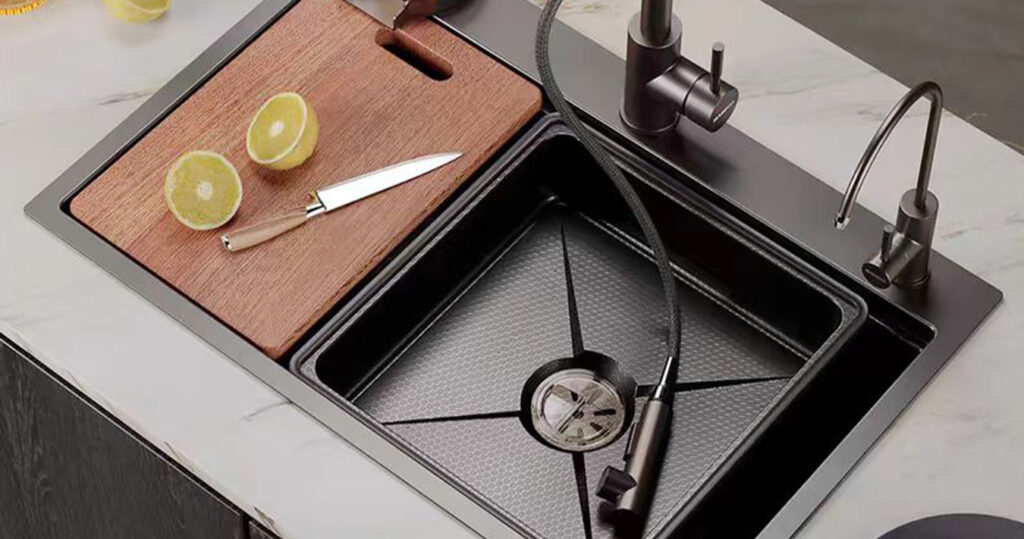
Conclusion
A stainless steel sink is a practical, stylish, and sustainable investment for any kitchen. Its durability and low-maintenance nature make it a reliable companion for daily tasks, while its timeless design ensures it never goes out of style. By prioritizing gauge thickness, soundproofing, and smart sizing during selection—and following simple care routines—you’ll enjoy a pristine sink for decades.
Pro Tip: Measure your cabinet dimensions carefully before purchasing, and test the sink’s depth and ergonomics in-store for the best user experience!

